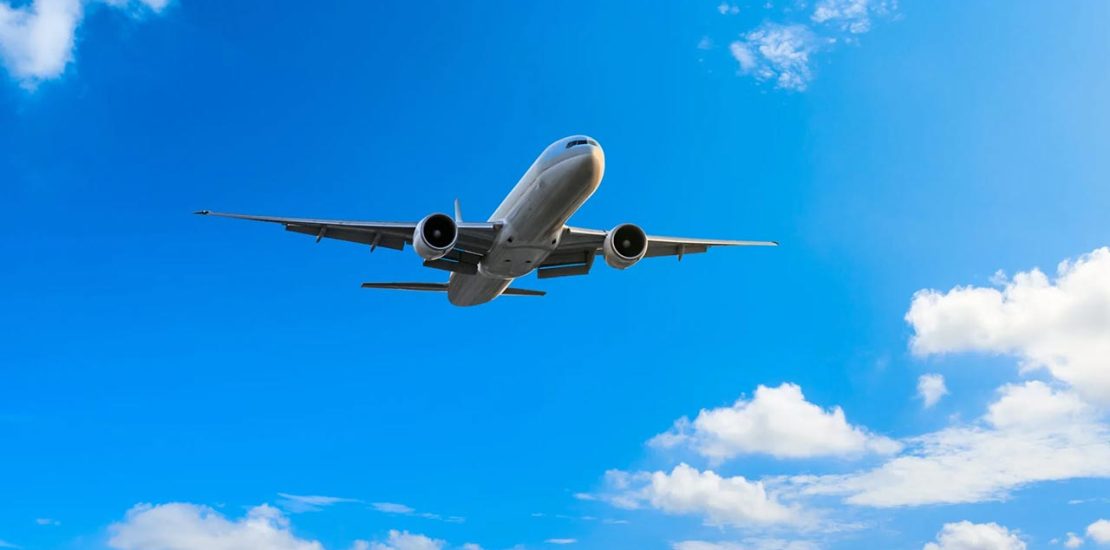Annual carbon dioxide emissions up 46% in four years from private flights
- 14 November 2024
- Posted by: admin_acert
- Category: Newsfeed

Significant increase in carbon dioxide emissions from private flights, according to an analysis published in the Nature group’s journal Communications Earth & Environment.
Annual carbon dioxide emissions from private aviation increased by 46% between 2019 and 2023, according to the analysis.
Private aviation is used by about 0.003% of the world’s population, but emits significantly more carbon dioxide per passenger than commercial flights.
The researchers analyzed flight tracking data for more than 18.5 million private flights taken between 2019 and 2023 by nearly 26,000 private business jets, which represent the vast majority of private aviation.
They then calculated each flight’s carbon dioxide emissions by combining the aircraft model’s advertised fuel consumption rate with flight duration and trajectory.
They found that these flights cumulatively produced about 15.6 million tons of carbon dioxide in direct emissions in 2023, an average of about 3.6 tons of carbon dioxide emissions per flight.
This marks a 46% increase in emissions from private aviation compared to 2019.
Almost half of the flights were less than 500 km. Also, private aviation is mainly concentrated in the USA (68.7% of aircraft).
Analysis of flight patterns identifies extensive travel for leisure purposes, but also for cultural and political events.
According to the study, there were significant increases in emissions around certain international events, such as the United Nations COP 28 international summit on climate change that was linked to 644 private flights, which produced 4,800 tons of carbon dioxide, and the Soccer World Cup 2022 which was associated with 1,846 private flights, which produced 14,700 tons.
